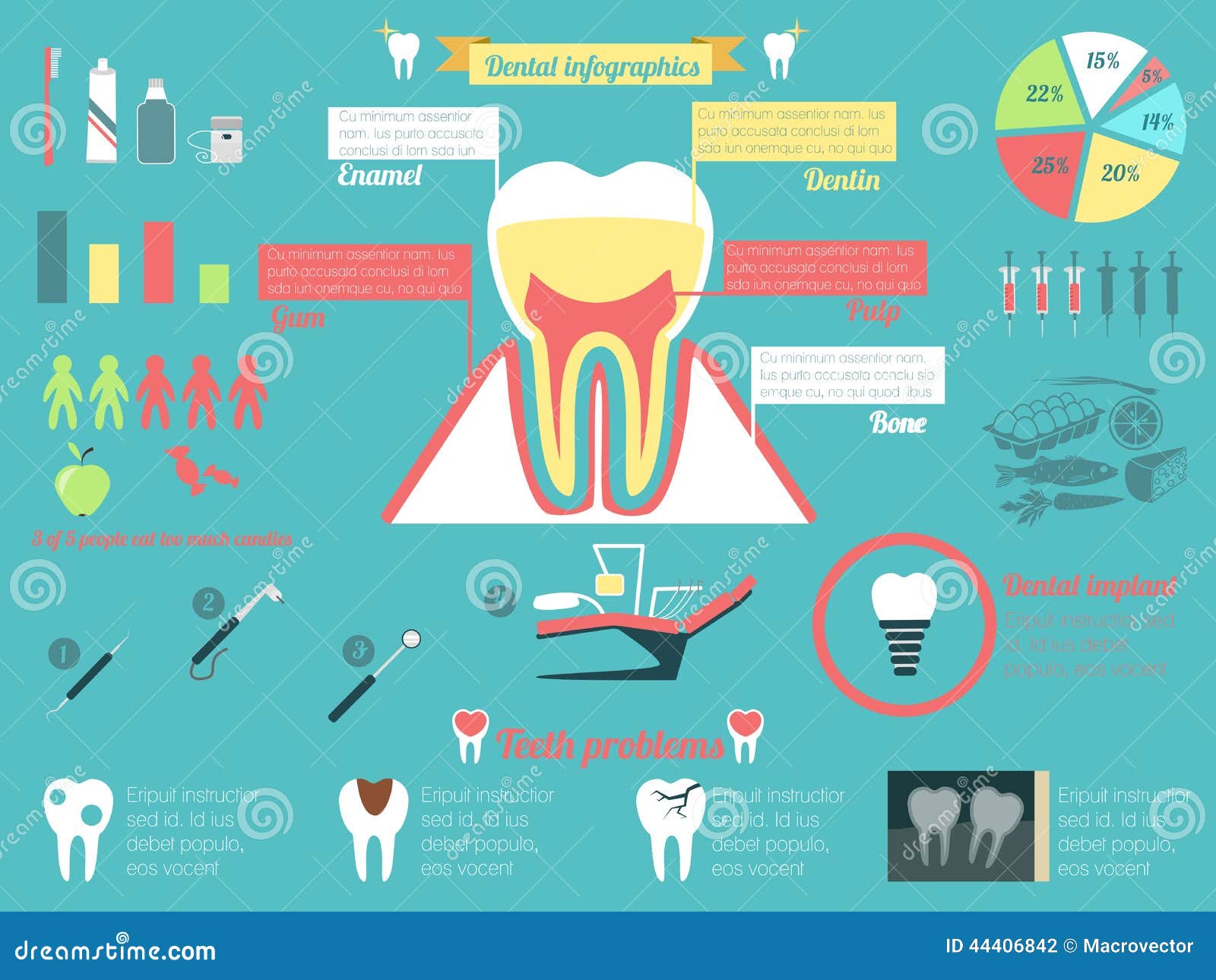The Perspective Of Dental Surgery: Revolutionary Innovations And Enhancements Shaping The Occupation
The Perspective Of Dental Surgery: Revolutionary Innovations And Enhancements Shaping The Occupation
Blog Article
Visit Homepage -Hermansen Schultz
Welcome to the world of oral surgery, where technologies and advancements are forming the future of the field! In this amazing world, you'll witness the transformative power of robotics, the advanced marvel of 3D printing, and the game-changing influence of minimally intrusive techniques.
The future of dental surgery holds an assurance of accuracy, performance, and improved person results. With the help of innovative robotics, doctors have the ability to perform complicated procedures with higher precision and control.
3D printing technology is revolutionizing the production of dental implants and prosthetics, providing tailored remedies that fit effortlessly right into each person's one-of-a-kind composition.
Additionally, minimally intrusive techniques are reducing post-operative discomfort and recuperation time, allowing people to go back to their daily lives sooner.
Prepare yourself to check out the interesting developments and advancements that are reshaping the landscape of dental surgery!
Advancements in Robotics
One major improvement in dental surgery is making use of robotic technology, which permits precise and effective operations. With the help of robotic systems, dental cosmetic surgeons have the capability to do complex surgical procedures with boosted precision, reducing the risk of human mistake.
These robotic systems are geared up with innovative imaging technology and exact tools that enable cosmetic surgeons to browse with complex anatomical structures effortlessly. By utilizing robot modern technology, specialists can accomplish better medical accuracy, causing boosted patient outcomes and faster recovery times.
Furthermore, making use of robotics in dental surgery allows for minimally invasive treatments, decreasing the trauma to surrounding tissues and promoting faster healing.
3D Printing in Dental Surgery
To improve the field of dental surgery, you can explore the subtopic of 3D printing in dental surgery. This ingenious innovation has the prospective to revolutionize the means dental specialists run and treat clients. Here are four essential ways in which 3D printing is shaping the area:
- ** Personalized Surgical Guides **: 3D printing permits the creation of extremely accurate and patient-specific medical overviews, improving the accuracy and efficiency of treatments.
- ** Implant Prosthetics **: With 3D printing, oral doctors can create customized dental implant prosthetics that flawlessly fit a client's one-of-a-kind makeup, resulting in much better end results and client contentment.
- ** Bone Grafting **: 3D printing makes it possible for the manufacturing of patient-specific bone grafts, decreasing the need for standard grafting techniques and enhancing recovery and healing time.
- ** Education and learning and Training **: 3D printing can be used to create sensible medical models for educational objectives, permitting dental cosmetic surgeons to exercise intricate procedures before executing them on individuals.
With its possible to improve precision, modification, and training, 3D printing is an exciting development in the field of oral surgery.
Minimally Invasive Strategies
To additionally progress the field of dental surgery, embrace the capacity of minimally invasive methods that can greatly profit both surgeons and people alike.
Minimally intrusive techniques are reinventing the area by minimizing surgical injury, decreasing post-operative discomfort, and accelerating the recovery procedure. These strategies entail using smaller incisions and specialized instruments to carry out procedures with accuracy and effectiveness.
By using advanced imaging modern technology, such as cone beam calculated tomography (CBCT), cosmetic surgeons can properly prepare and perform surgical procedures with minimal invasiveness.
Additionally, using eric vetter dds in dental surgery permits precise tissue cutting and coagulation, resulting in decreased bleeding and minimized healing time.
With minimally invasive techniques, patients can experience much faster healing, decreased scarring, and enhanced outcomes, making it an essential facet of the future of dental surgery.
Final thought
So, as you can see, the future of oral surgery is exceptionally appealing, with amazing innovations and breakthroughs shaping the field.
From the developments in robotics to the use of 3D printing and minimally invasive strategies, dental specialists are reinventing the means they give care.
While some may fret about the potential cost connected with these developments, it is very important to keep in mind that these modern technologies eventually enhance person end results and decrease healing time, making them well worth the financial investment in the future.
